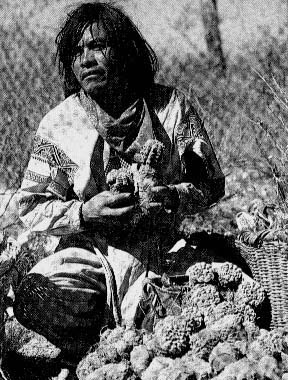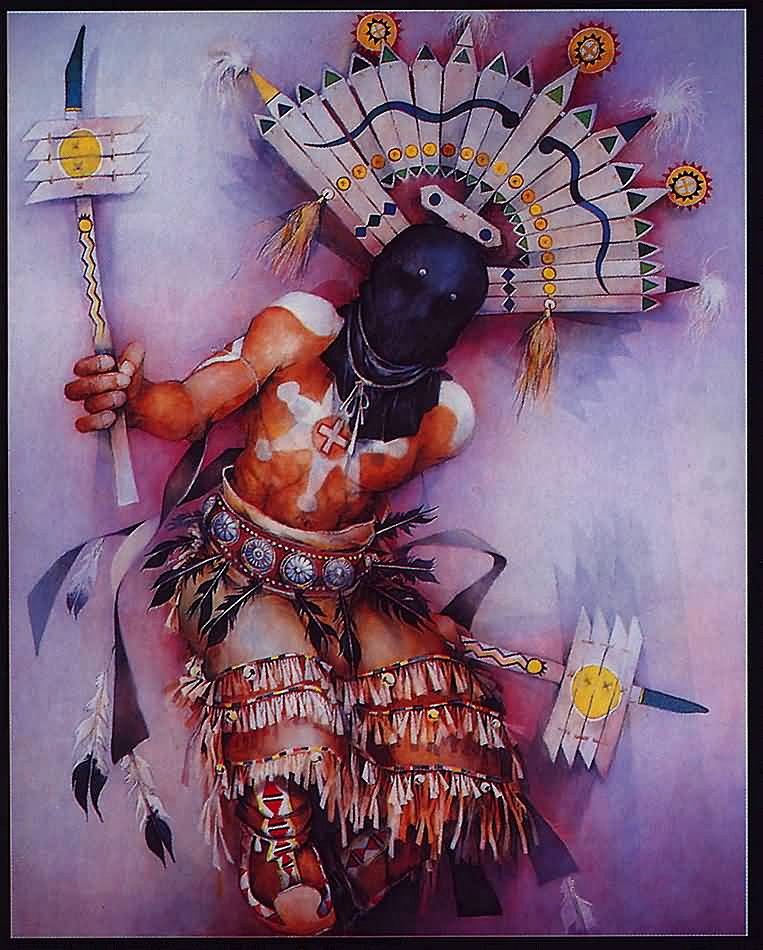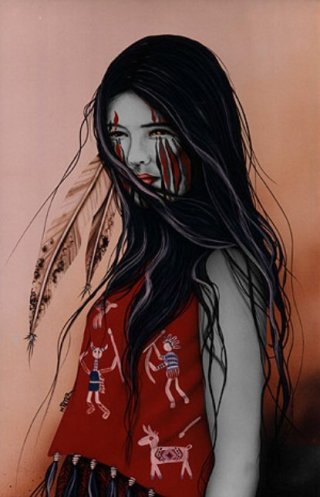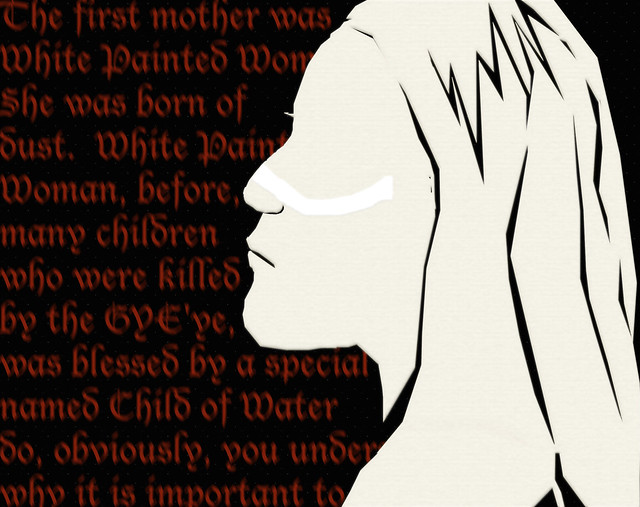People of the Mescalero-
Kathleen Kanseah
Interview:
The first
interview I will discuss is the interview of a Mescalero woman named Kathleen
Kanseah. Kathleen is an eighty-one year old woman who grew up living on the
reservation. She told stories of her and her parents living in tents, not
tipis, and how they cooked in an arbor. She had a 29-year career as a nurse and
didn’t attend nursing school. She learned of all of the nursing techniques from
her grandmother who used only natural medicines. She went into detail about how
the native hospitals had a rough time surviving because they didn’t and still
don't have much support from the government to hire educated doctors who knew
how to perform actual surgeries.
To relate this talk of medicine to
religion, Kathleen says that children these days are losing the ways of natural
medicine. She states, “With the younger generations, the prayers, the healing,
the medicine is lost. You can tell they don't understand. So then the medicine
man tells them in English but it doesn’t come out the same.” The fact of losing
tradition and the understanding of the apache language is one of Kathleen’s
biggest fears. She then tells the interviewer that saying apache prayers in
English does not amount to the same intensity as in the foreign language. She
says that during the puberty ceremony “the girls are dancing but they don't
know what they are dancing about. It’s sad.” The barrier between the older
generations and the younger generations are growing lager and larger throughout
time. This proves a good point of why the younger Mescalero generations need to
be taught the language or at least be familiar with the customs and traditions.
Kathleen thinks that eventually most
of the religious ceremonies in the Mescalero apache tradition will eventually
be lost because of the language barrier. Most of the other people in the other
interviews agree with her and are also scared for their culture.
http://www.youtube.com/watch?v=Pu0SJ9DxMD
The link above is an actual video of Kathleen enjoying herself at a Mescalero ceremony. Great to put a face with the name!
Drumbeats from
Mescalero: Conversations with Apache Elders, Warriors and Horseholders by H.
Henrietta Stockel and Marian D. Kelley.












